Two hundred and fifty years ago, on December 16, 1773, American colonists angry at the British crown for imposing taxation without representation, staged what became known as “The Boston Tea Party.” This act of colonial defiance to British rule has become a legendary part of American history, although aspects of the story are steeped in myth. Some of the tea from Boston Harbor appears to have made its way to the 1893 World’s Columbian Exposition in Chicago.
In the United States Government Building, World’s Fair visitors could view a “Colonial Exhibit” in the rotunda. In six of the alcoves, the Board of Lady Managers displayed relics of the thirteen original states, some of which had never before been exhibited in public. “The colonial exhibit was one of the most interesting historical features of the Exposition,” wrote historian Rossiter Johnson, “and there was perhaps no other that so forcibly emphasized, by comparison and suggestion, the progress and development of the United States.”
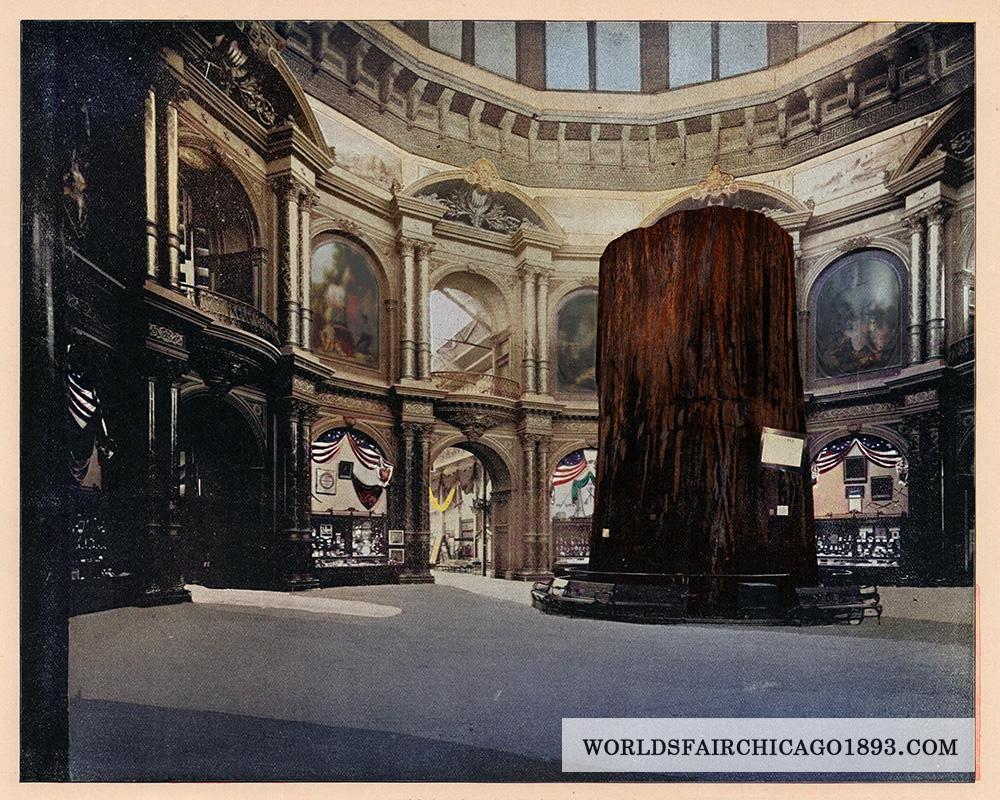
Under the dome of the United State Government Building, the “Colonial Exhibit” occupied six of the eight alcoves. [Image from Picturesque World’s Fair. W.B. Conkey, 1894.]
Tea in Bottle—Which was found in the boots of Col. Abner Cheever, of the Boston Tea Party, December 16, 1775, when changing his disguise after the affair was over. Loaned and collected by Dr. D. W. Cheever, Boston, Mass.
In her novel The City of Wonders: A Souvenir of the World’s Fair, Mary Catherine Crowley described this tea bottle as “the most interesting of these souvenirs” in the colonial exhibit.
This is not the only bottle of tea leaves allegedly found in the boots of Boston Tea Party participants. Also known are samples from David Kennison, Mrs. Cotton’s man-servant, and Thomas Melvill. Whether or not any of these artifacts are authentic, we can honor the anniversary of the Boston Tea Party by enjoying a cup of hot tea … without having to pay three pence to the British government!
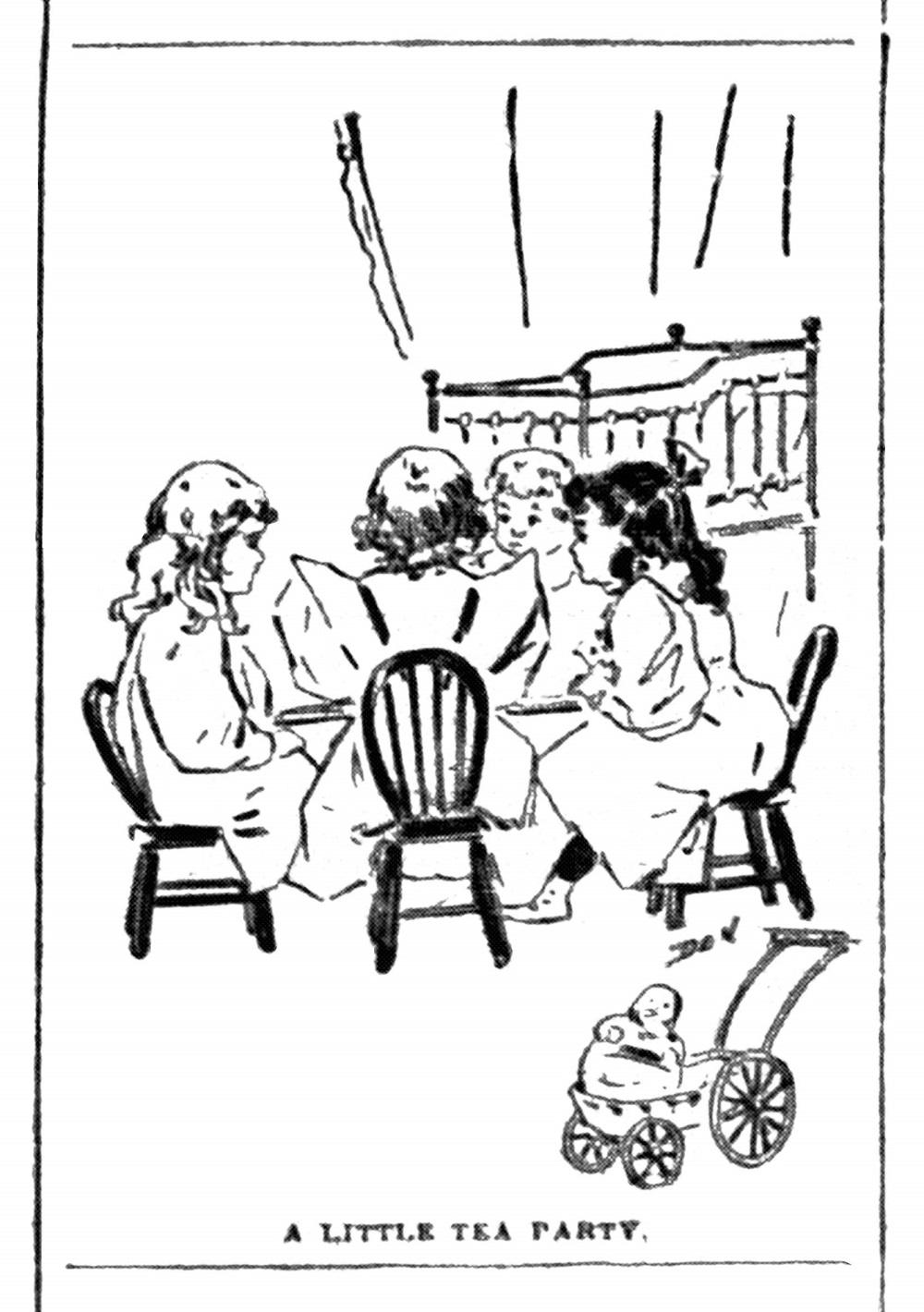
“A Little Tea Party” in the Children’s Building, depicted by W. W. Denslow. [Image from the Chicago Herald, Jun. 18, 1893.]
SOURCES
Bancroft, Hubert Howe The Book of the Fair. The Bancroft Company, 1893.
Crowley, Mary Catherine The City of Wonders: A Souvenir of the World’s Fair. Wm. Graham Company, 1894.
Johnson, Rossiter A History of the World’s Columbian Exposition Held in Chicago in 1893, Volume 3: Exhibits. D. Appleton and Co., 1897.
Official Catalogue United States Government Building. W. B. Conkey, 1893.

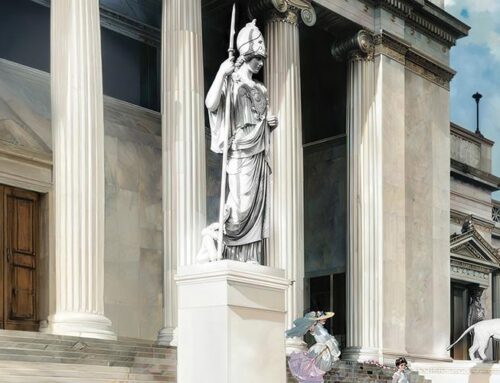
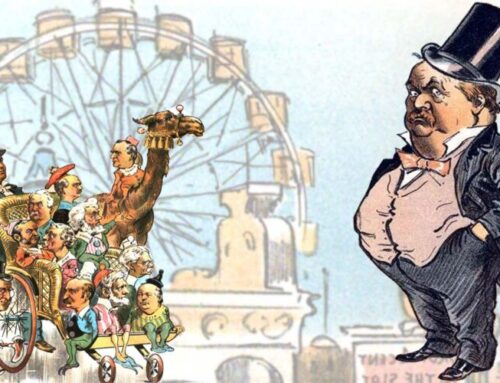
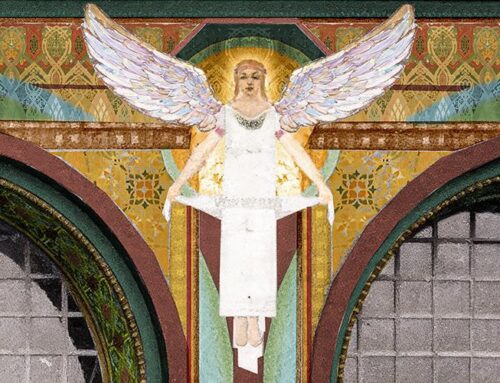
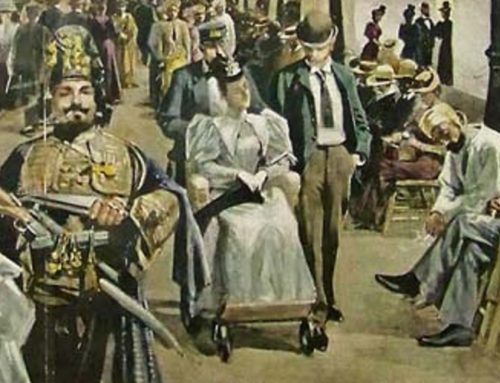

Leave A Comment